
The beginning and end of the yellow brick road for local and national artists and bands alike is right down Clark Street, steps away from Wrigley Field at the Metro, a music venue with a 35-year-long legacy.
Elaine Simmons, 19, music lover and music business student at Columbia College Chicago, practiced for hours the day she was invited to perform on the Metro stage in March. One of her favorite bands, Wolf Alice, who was nominated for a 2016 Grammy, chose her out of a large number of auditioning fans for the coveted solo performance opportunity during the Chicago leg of its tour.
“It made me feel like I was a professional musician for about five minutes ― not just anyone can play at the Metro,” Simmons said.
The stage is and has been a milestone for many of the artists who perform at the venue, since its founding in 1982. The venue hosts artists across the spectrum of genres including pop, legacy rock, upcoming indie and hip-hop. According to its website, the venue is a lot of things: “A big break, a headliner’s dream or even a wedding altar ― one thing remains the sole focus ― music”
“I’ve been wanting to play here ever since I was a kid,” said Myles Bacon, 20, guitarist for Blaqrock, “I’ve been watching local and bigger bands go through here, and this is a stage where you can leave everything out there on the stage. This is the perfect place to do it,” he said, just minutes before heading off into the wings for his first go on the iconic Metro stage.
Chadd Kline, 40, assistant talent buyer at the Metro, left the corporate world 10 years ago to join the music scene and be a part of places like the Metro. Why? Because, not unlike Kline, the experience of seeing music at the venue still invites and inspires the people and artists of Chicago.
“The experience of seeing music here still resonates with tons of people, not just in Chicago, but all over the U.S. and some might say the world,” Kline said.
After the venue’s first victory with an ‘80s rock band, R.E.M., who at the time was playing dorm rooms and garages across the nation, Joe Shanahan, founder of the club, was left with enough cash to continue funding the new venue. In 1996, R.E.M. went on to sign the most expensive recording contract in history at the time ― $80 million ― and join the Rock & Roll Hall of Fame.
The venue furthers the careers of local musicians in Chicago by allowing them to play on the same stage as some of the greats, such as Fall Out Boy, Chance the Rapper and Nirvana.
“Metro, along with other places around here, was a place for a different alternative community,” Kline said. “If you were a different kind of person, you could go hang out and be with your people. I don’t know that the neighborhood affected that, but I know the Metro began to affect the community.”
It was the beginning of a new Wrigleyville and the Metro was hot in the center. According to Dominic Pacyga, author of “Chicago: A Biography,” what was once a heavily immigrant-populated, low-income neighborhood, began to flood with a young alternative crowd. As the cost of living in neighboring Lincoln Park was on the rise, younger people began moving into Wrigleyville. This began the gentrification of the now young-professional-dominated neighborhood, with 61 percent of the town inhabited by residents ranging from 10 to 35 years of age, according to Niche.com, a website that populates up to date statistical information using forms and data from the Department of Education, U.S. Census, and FBI.
The Metro was a crucial landmark for the people who were part of the alternative indie scene that bubbled up in the 1980s. Sold-out artists, who could sell out the Chicago United Center, continue to come make tour stops at the 1,1150 max capacity venue today.
“Everyone [who works] here is still a music fan,” Kline said. “It has always been a place for the artists to see what the Chicago community is like. So many artists who have come through Metro have really felt a sense of community to the fans here, that’s why they keep coming back.”







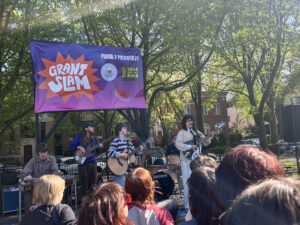
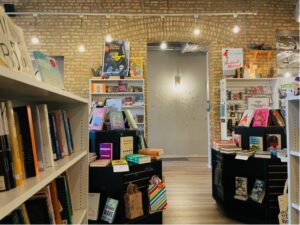

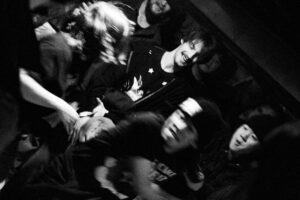
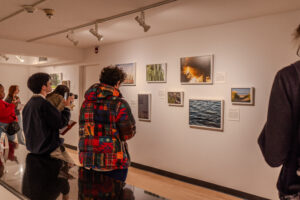
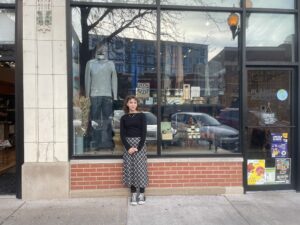

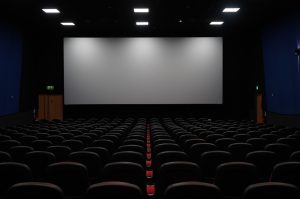
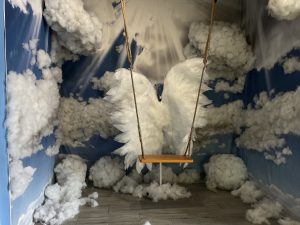
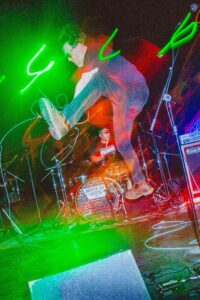
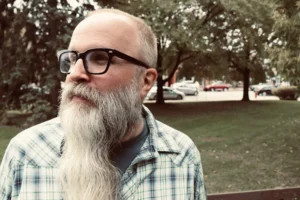

Be First to Comment